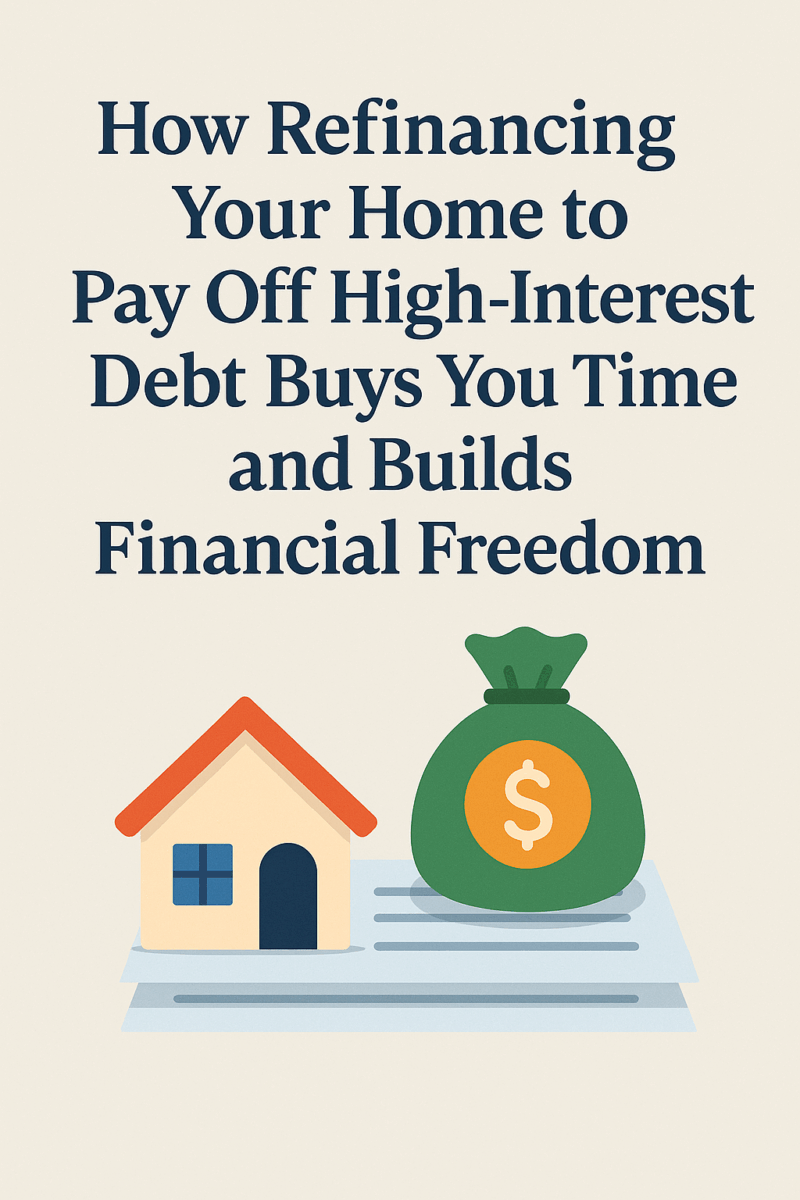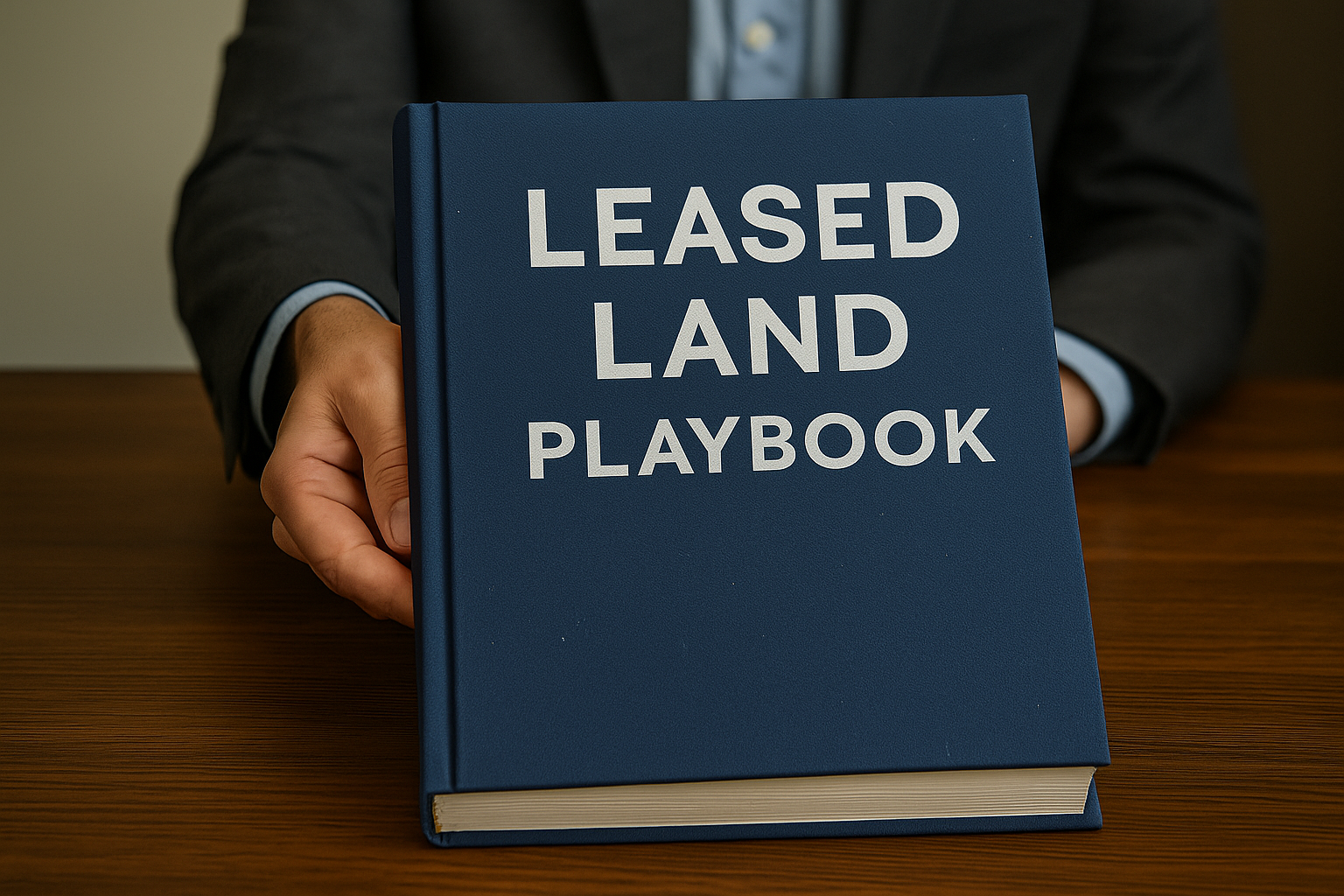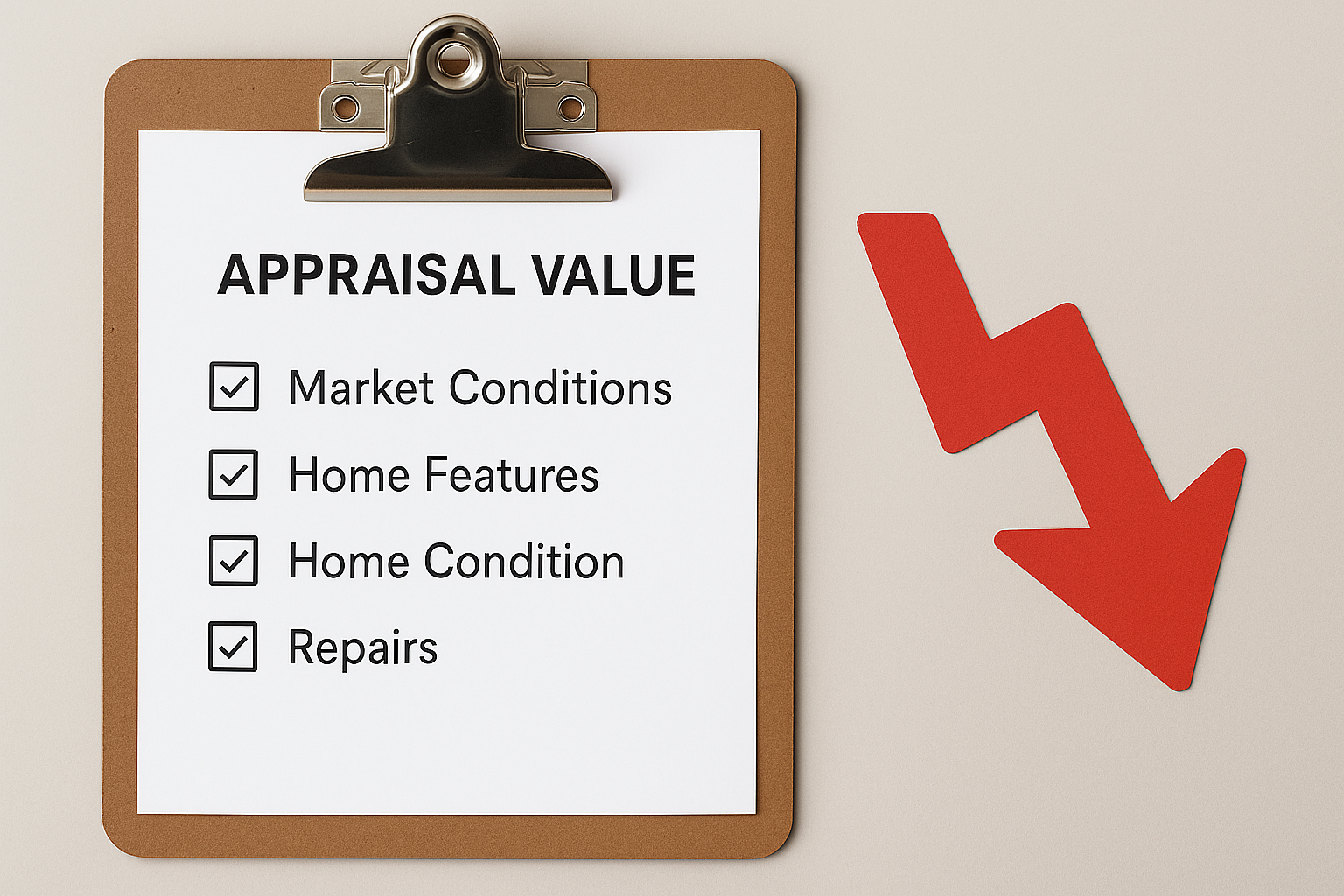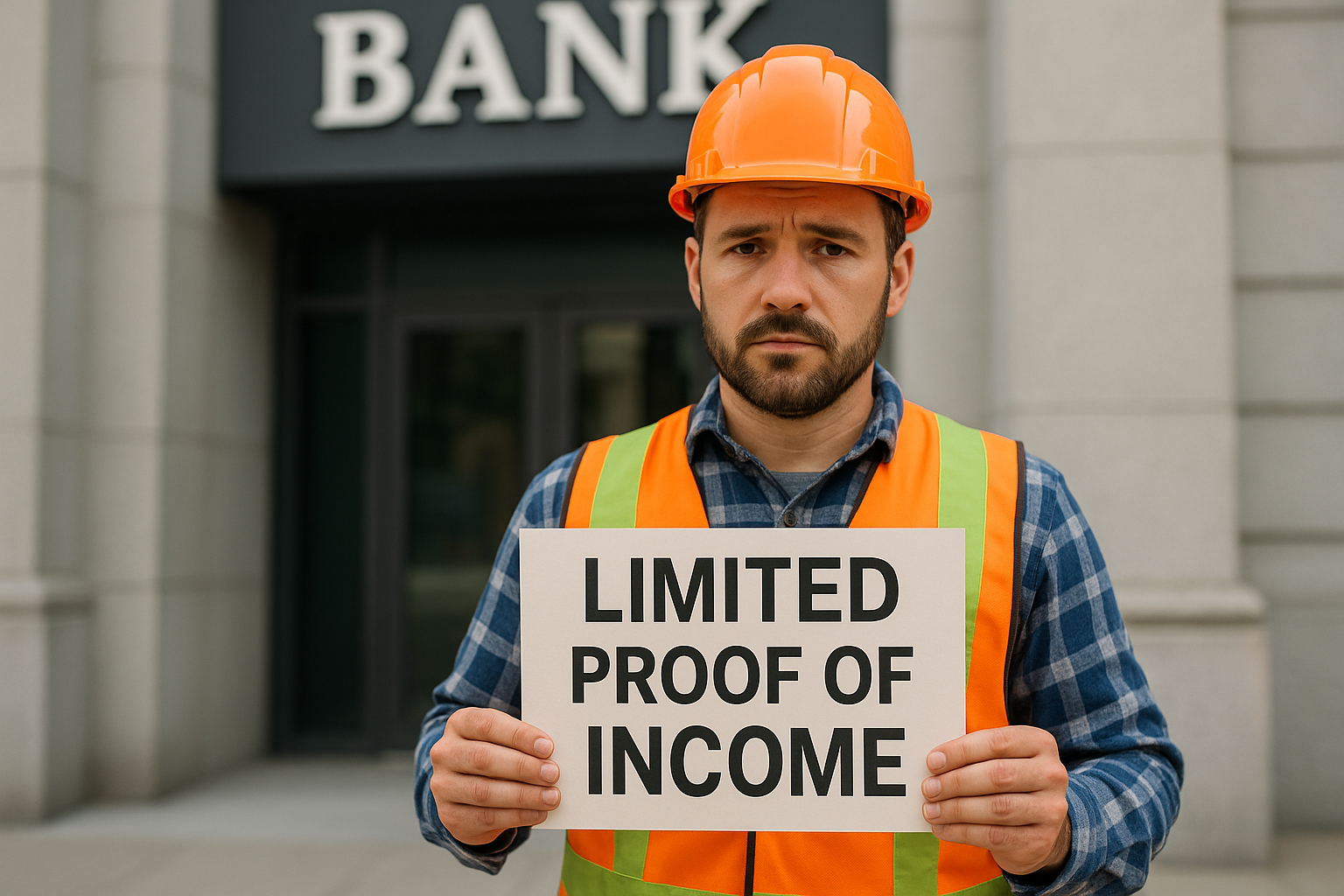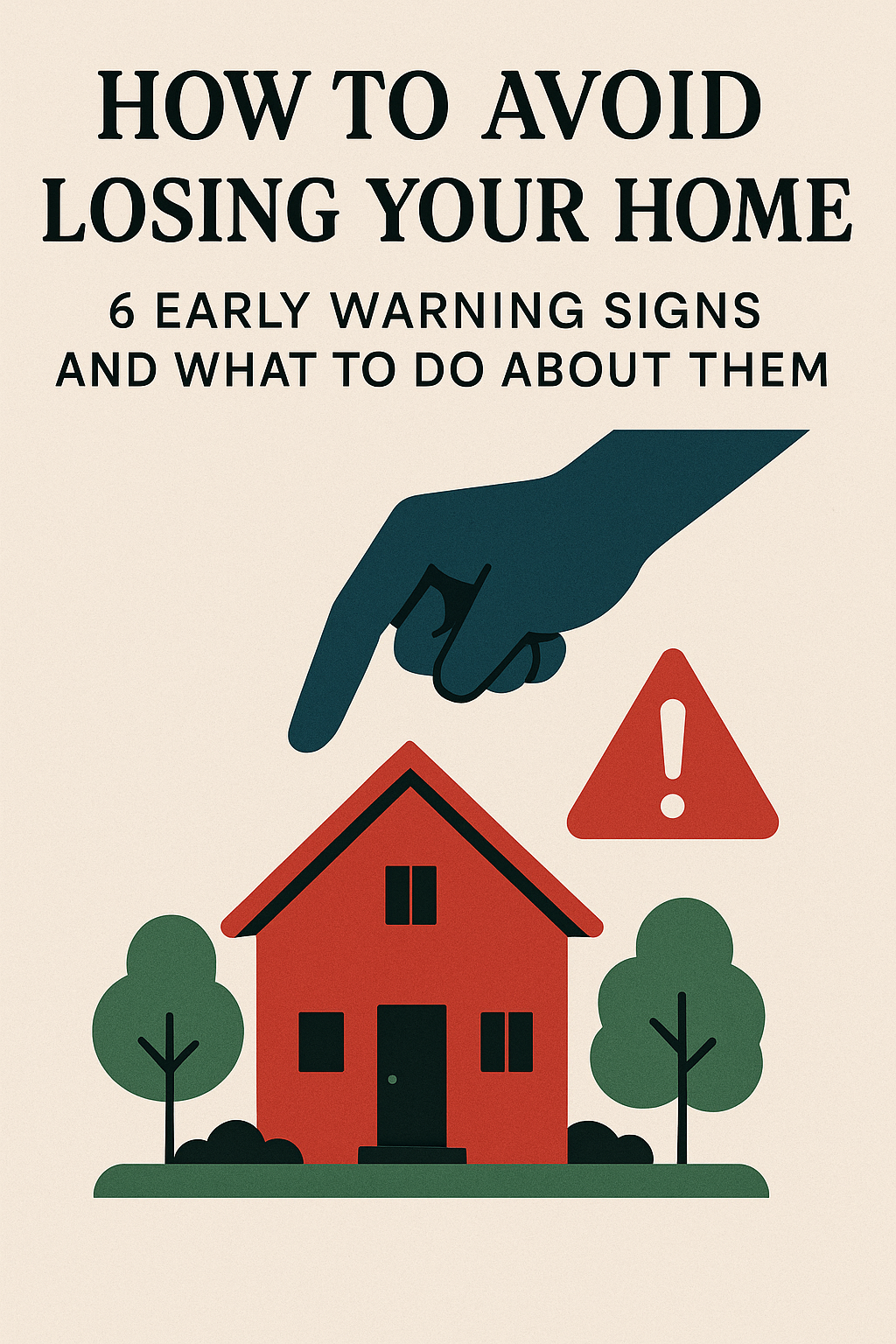Building Financial Freedom: How Refinancing Your Home to Pay Off High-Interest Debt Buys Your Time Back
Introduction
For many Canadian homeowners, monthly bills can feel like a juggling act—especially when high-interest debts like credit cards, unsecured loans, or lines of credit are thrown into the mix. If you’re struggling to make minimum payments or watching your debt grow despite consistent efforts, refinancing your home to consolidate these debts could be a smart and strategic move.
This article explores how refinancing your mortgage to pay off high-interest debts can not only reduce your monthly payments but also buy you valuable time and pave the way toward long-term financial freedom.
Table of Contents
ToggleWhat Is Mortgage Refinancing?
Refinancing your mortgage means breaking your current mortgage agreement and replacing it with a new one—often with better terms, a lower interest rate, or additional funds. In the context of debt consolidation, you refinance to access your home equity and use those funds to pay off higher-interest debts.
For example, if your home is worth $700,000 and your current mortgage balance is $400,000, you may be able to refinance up to 80% of your home’s value (i.e., $560,000), giving you access to $160,000 in potential equity.
The Cost of Carrying High-Interest Debt
High-interest debt—especially credit cards with rates averaging 19.99% or more—can significantly hinder your ability to build savings. Monthly payments often go mostly toward interest, not the principal, creating a debt cycle that’s hard to break. Let’s look at a quick example:
Scenario A – Carrying Credit Card Debt:
-
Credit Card Balance: $25,000
-
Interest Rate: 19.99%
-
Minimum Payment: 3% of balance
-
Time to Pay Off (with minimums only): 15+ years
-
Total Interest Paid: Over $20,000
Compare this to refinancing at 5.5% interest over 25 years:
Scenario B – Refinanced Mortgage:
-
Additional Mortgage Amount: $25,000
-
New Monthly Cost: ~$152
-
Interest Over 25 Years: ~$19,600
-
Total Monthly Savings: ~$600/month
While interest may still accumulate over time in a mortgage scenario, the reduced monthly obligation gives you more financial flexibility and the option to accelerate payments when you’re in a better position.
How Refinancing Buys You Time
Time is one of the most valuable assets in any financial strategy. Refinancing allows you to restructure your payment schedule, often over 25 to 30 years, thereby significantly reducing your monthly payments.
Here’s how that time matters:
1. Breathing Room to Rebuild
Lower monthly payments reduce the pressure of your financial obligations. This gives you breathing room to:
-
Rebuild your credit score by making consistent, on-time payments
-
Start or grow an emergency savings fund
-
Redirect money into investments or retirement savings
2. Avoid Missed Payments and Collections
When debt becomes unmanageable, missed payments can lead to collections, lawsuits, and long-term credit damage. Refinancing can stop that downward spiral, letting you avoid short-term crises while buying time to heal your finances.
3. Extend Amortization, Lower Immediate Risk
By stretching your debt over a longer term (such as a 25-year amortization), you reduce your short-term monthly burden. While it may cost more in interest over the long run, the ability to survive financially in the short term often outweighs that downside—especially if you plan to make lump-sum payments or pay off the loan faster later on.
Creating Financial Freedom Through Refinancing
“Financial freedom” means different things to different people—but for most, it involves living without the constant stress of debt, having control over your income, and the ability to plan for the future with confidence.
Here’s how refinancing supports that goal:
1. Debt Simplification
When you consolidate multiple debts into one refinanced mortgage, you’re managing a single payment instead of juggling several. This minimizes the risk of missed payments, late fees, and confusion—making budgeting easier and more predictable.
2. Lower Interest = More Savings
Mortgages typically offer significantly lower interest rates than unsecured loans and credit cards. By moving your debt into your mortgage, you stop overpaying on interest and redirect that money into savings, investments, or retirement.
3. Credit Score Recovery
As you pay off high-interest revolving debts and maintain a single lower mortgage payment, your credit utilization ratio improves—boosting your credit score. A stronger credit score opens doors to future opportunities like lower insurance premiums, better financing offers, or even real estate investments.
4. Investment Opportunities
Once your debt is consolidated and monthly cash flow improves, you’re in a better position to consider investments—whether it’s an RRSP, TFSA, or even a rental property. Refinancing doesn’t just solve debt—it can unlock financial growth.
Considerations Before Refinancing
Refinancing isn’t the right move for everyone. Here are a few things to keep in mind:
1. Penalties and Fees
Breaking your mortgage early may come with a penalty, especially if you’re still in a fixed-rate term. It’s important to calculate whether the long-term savings outweigh the short-term costs.
2. Access to Equity
Lenders typically allow you to refinance up to 80% of your home’s appraised value. If your equity is limited, refinancing may not cover all your debts.
3. Discipline Matters
Consolidating debt frees up your credit cards—but it’s crucial not to reaccumulate high-interest debt after refinancing. Without discipline and proper budgeting, you could end up in a worse financial position.
4. Use a Mortgage Broker
A broker can help you shop the market and access lenders who specialize in refinancing and debt consolidation—even if your credit score isn’t perfect. They’ll ensure your refinancing plan fits your unique financial profile.
Real-Life Example: Meet Sarah
Sarah, a 42-year-old homeowner in Mississauga, was juggling $60,000 in credit card and line of credit debt. With a mortgage balance of $320,000 on a home valued at $650,000, she had over $200,000 in untapped home equity.
Her monthly debt payments across five accounts totaled $2,150. By refinancing her mortgage to include her debts, Sarah’s new monthly mortgage payment rose by $500, but she eliminated all her other debt payments—saving over $1,600 each month.
Today, Sarah uses that extra money to max out her RRSP, contribute to her son’s RESP, and aggressively pay down her mortgage. Refinancing didn’t just reduce her payments—it changed her life trajectory.
Final Thoughts
Refinancing your home to pay off high-interest debt is more than a financial tactic—it’s a strategic decision to reclaim your cash flow, improve your credit, and create breathing room in your life.
By consolidating debt into your mortgage at a lower interest rate, you gain immediate relief and set the stage for long-term financial freedom. It’s about buying time, reducing stress, and gaining control over your future.
Are you ready to turn your home equity into a tool for financial freedom?
Connect with a mortgage professional today and discover how refinancing could be your best next step.
